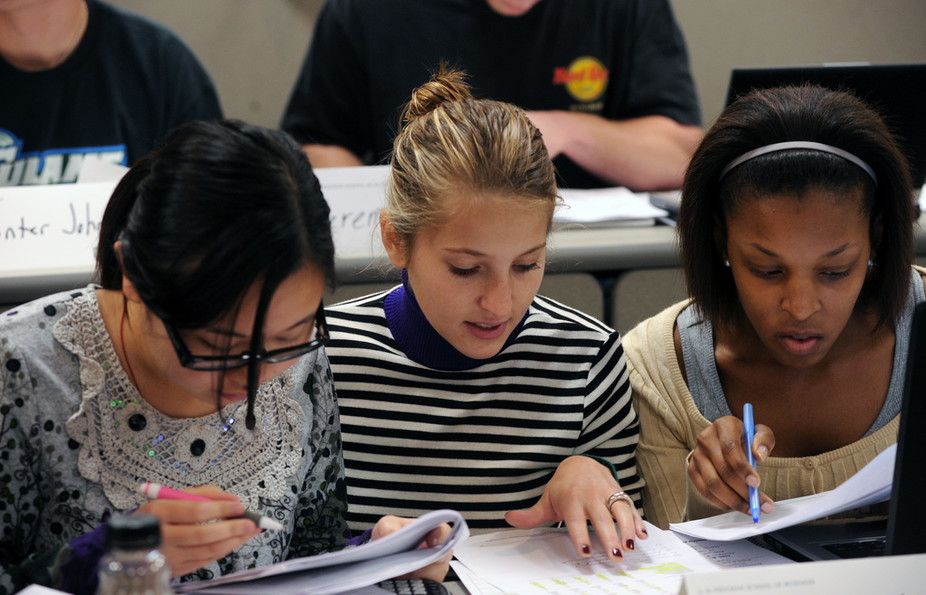Are you looking for hacks for kids who have difficulty remembering sequences? If so, keep reading.
1. Praise the student for remembering sequences based on the number of times they can be successful. As the student shows success, slowly increase the length of the sequence required for reinforcement.
2. Praise the student for recalling sequences: ( a) give the student a concrete reward (e.g., privileges such as leading the line, handing out learning materials, 10 minutes of free time, etc.) or (b) give the student an informal reward (e.g., praise, handshake, smile, etc.).
3. Get the student to orally repeat directions, explanations, and instructions after they have been given to reinforce retention.
4. Get the student to be responsible for helping a peer remember sequences.
5. Provide a consistent daily routine (schedule) in the classroom.
6. Provide the student with short sequences (e.g., two components, three components, etc.) to remember. As the student shows success, slowly increase the length of the sequence.
7. Stop annoying or anxiety-producing situations from happening (e.g., do not place the student in a competitive situation that requires sequencing skills).
8. Teach and practice various strategies to remember steps in a task: • Repetition, • Mnemonic, • Acronym, • Association.
9. Do not require the student to learn more information than they are capable of remembering at any time.
10. Teach and have the student practice listening for crucial information when they are being given instructions or receiving information (e.g., write down main points, ideas, step-by-step instructions; etc.).
11. Provide information to the student on a one-to-one basis or use a peer tutor.
12. Create a rule (e.g., your time and follow sequential instructions). This rule should be consistent and followed by everyone in the classroom. Talk about the rule often and reward the student for following the rule.
13. Let the student record information from lectures and make notes from these recordings.
14. Give written reminders of task sequences.
15. Assess the degree of task difficulty to ascertain whether the student will require additional information, sequencing models, time, assistance, etc., before starting a task.
16. Get the student to find the main characters, sequence the activities, and report the outcome of a short story they have just read.
17. Show new skills. Let the student practice hands-on learning of new skills.
18. Make instructions important to the student. Attempt to relate instructions to past experiences.
19. Get the student to sequence the learning activities that occurred during a field trip or special event.
20. Praise those students in the classroom who remember sequences.
21. Consider using an education app to help the student enhance their memory. Click here to view a list of apps that we recommend.





